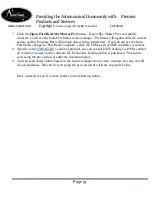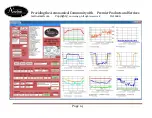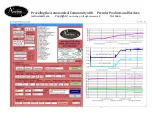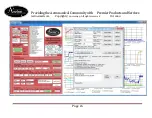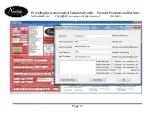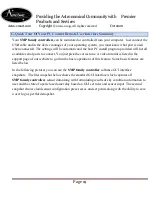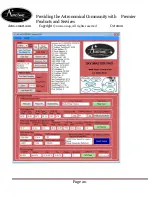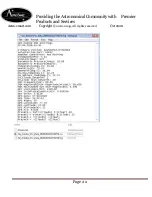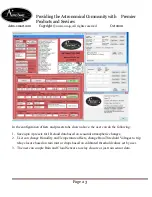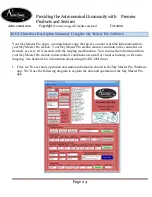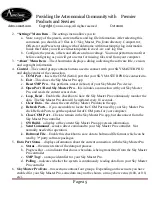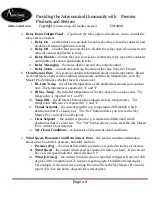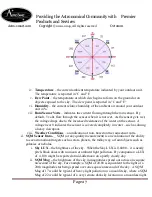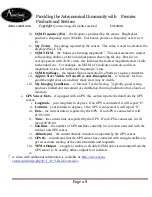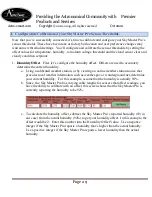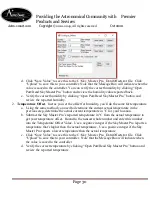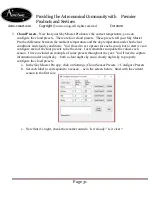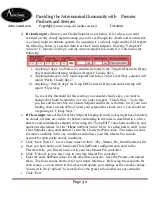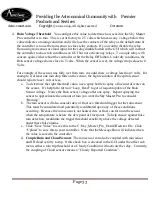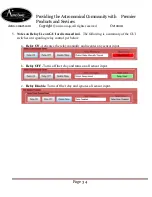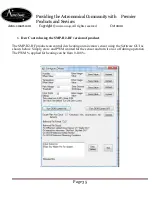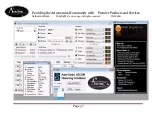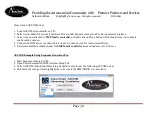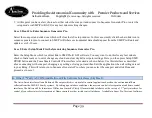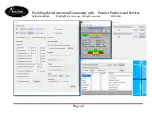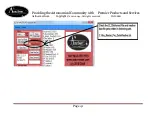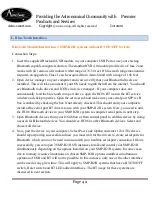
Providing the Astronomical Community with Premier
Products and Services
Astro-smart.com Copyright
© 2010-2049, All rights reserved
Oct 2020
Page 27
iv.
Temperature
– the current ambient temperature indicated by your outdoor unit.
The temperature is reported in °C and °F.
v.
Dew Point
– the temperature at which dew begins to form on the ground or on
objects exposed to the sky. The dew point is reported in °C and °F.°
vi.
Humidity
– the current relative humidity of the ambient air around your outdoor
unit in %.
vii.
Rain Sensor Volts
– indicates the current flowing through the rain sensor. By
default, 5 volts flow through the sensor when it is not wet. As the sensor gets wet,
the voltage drops due to the increased resistance of the water on the sensor. A
voltage near 0 indicates the sensor is covered completely in water – such as during
a heavy downpour.
viii.
Weather Conditions
– an indication of rain, based on the rain sensor volts.
d.
SQM Sensor Data -
_ SQM (or sky quality measurement) is an evaluation of the ability
to see astronomical targets such as stars, planets, the milky way or faint objects such as
galaxies or nebulas.
i.
Sky LUX –
the brightness of the sky. When the Sky LUX is 0.0000 – it is nearly
pitch-black skies with no moon or ambient light pollution. By comparison a LUX
of 4,100 might be reported at mid-afternoon on a partly cloudy day.
ii.
SQM Mag –
the brightness of the sky in magnitudes spread out across one square
arcsecond of the sky. For example; a SQM of 20.00 is equivalent to the light of a
20th magnitude star being spread over one square arcsecond of the sky. A SQM
Mag of 17 would be typical of heavy light pollution or a moonlit sky, where a SQM
Mag of 22 would be typical of a very remote dark sky location on a moonless night.

